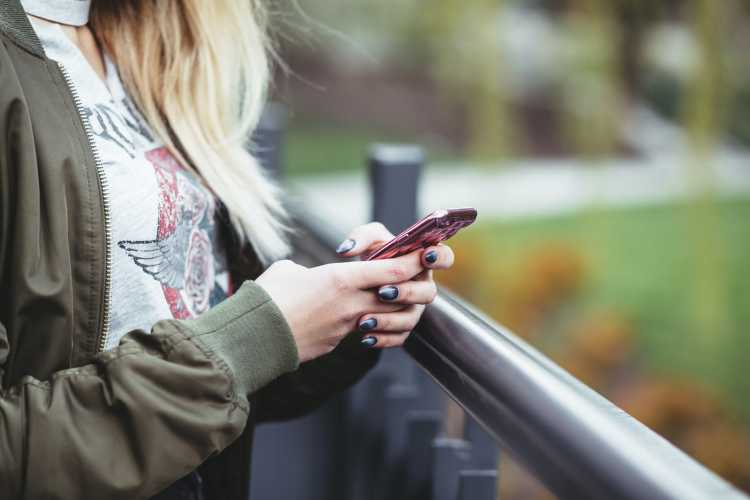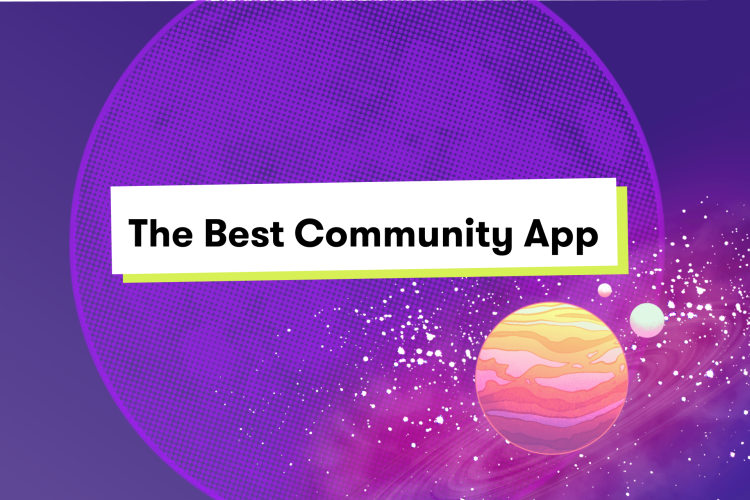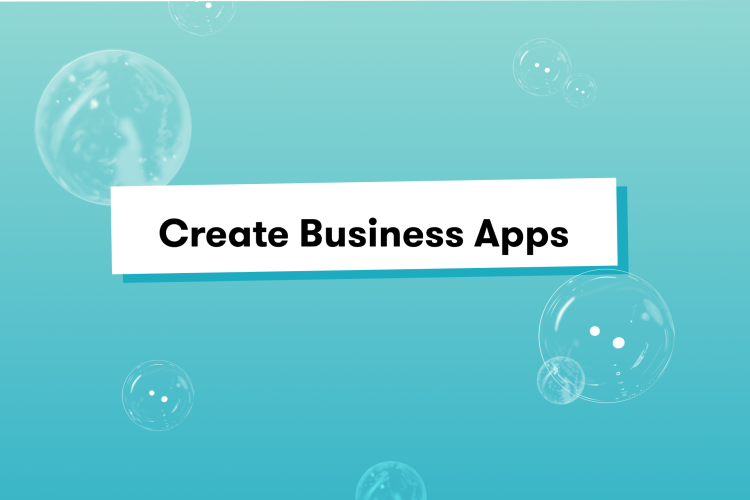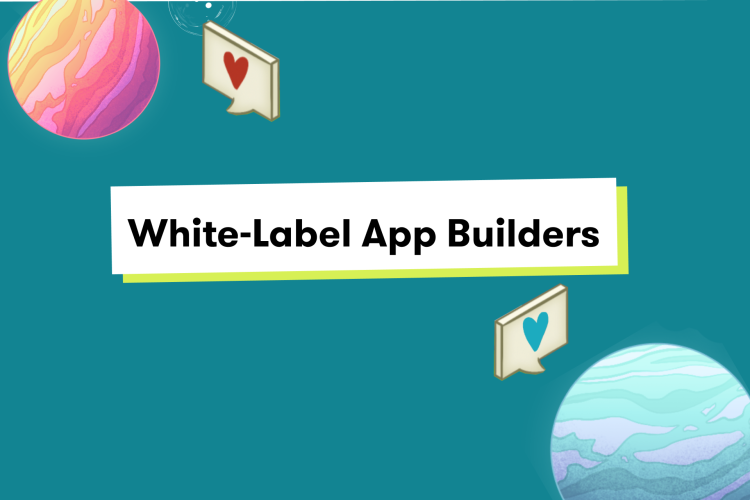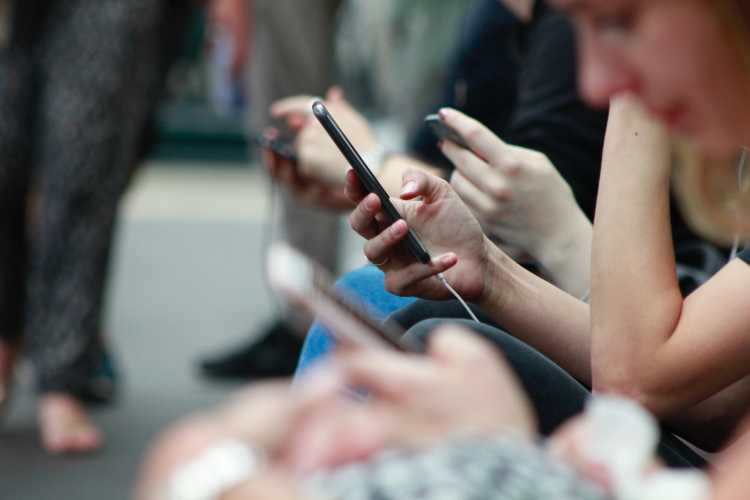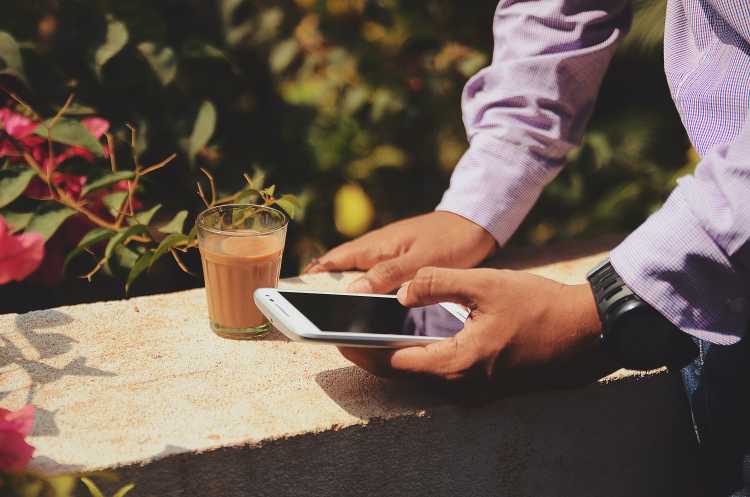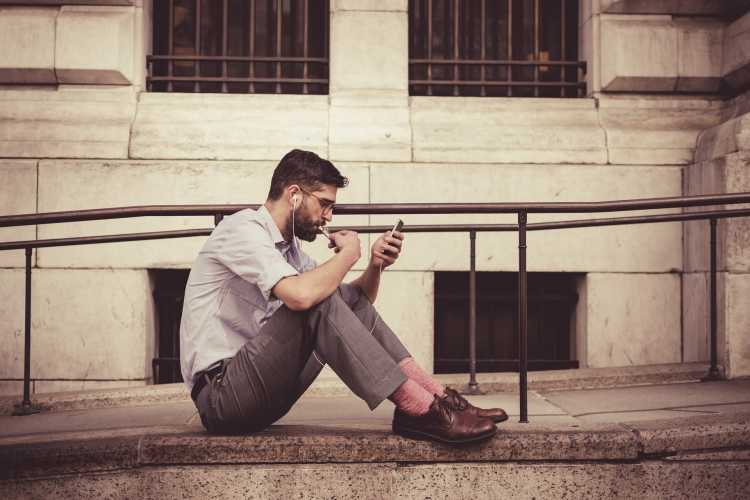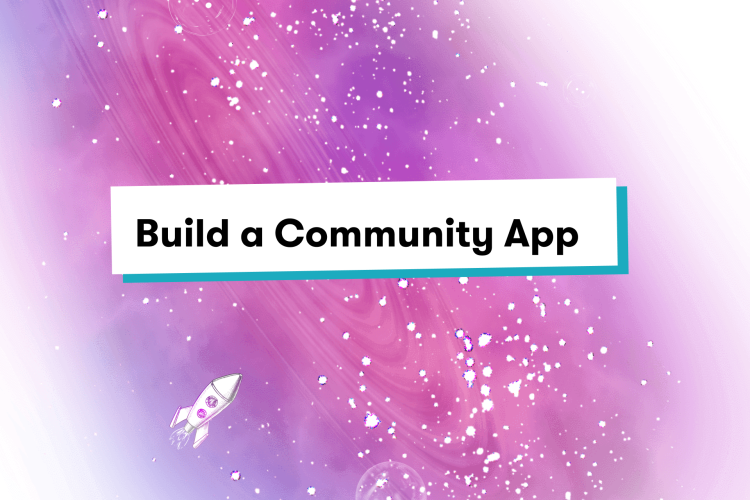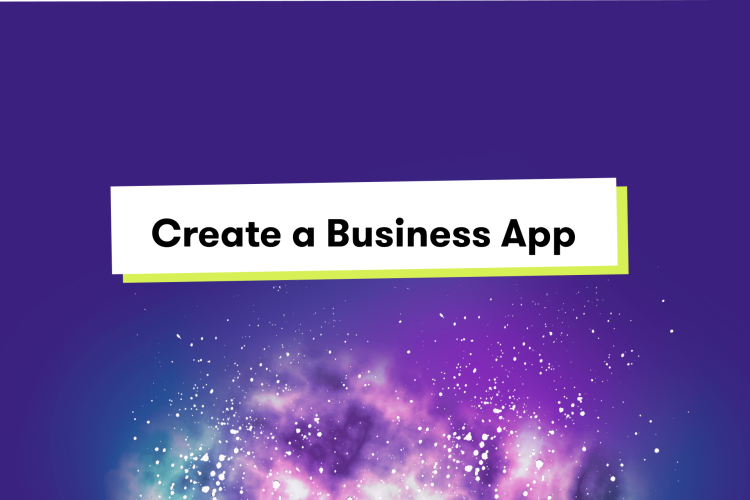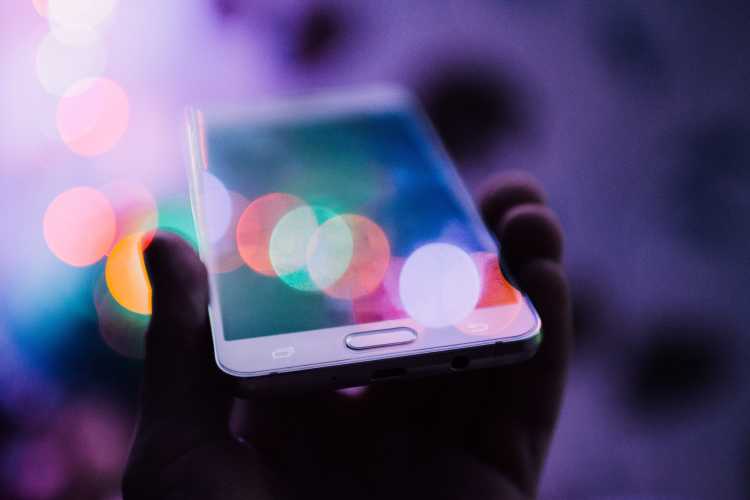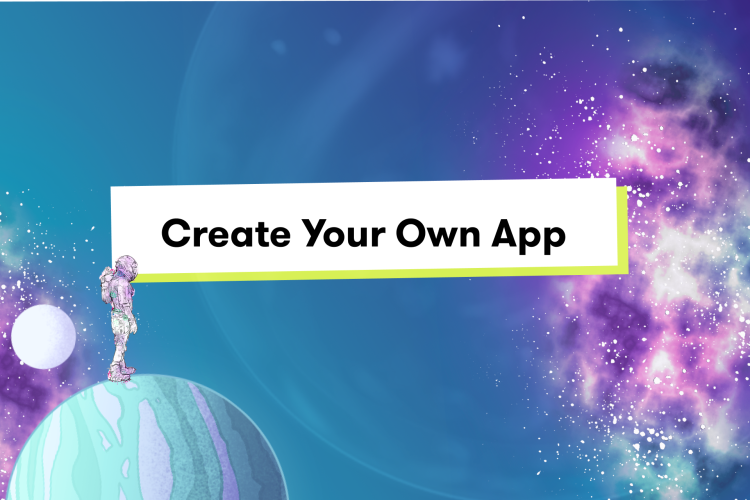Branded Apps
A Guide to Mobile App Monetization (+11 Options)
We’ll show you how to find the most effective app monetization strategy for your brand.
Author
Mighty Team
Last Updated
March 31, 2025

The total value of the app market is projected to be $755.5 billion by 2027. If you’re building your app monetization plan, there are more ways than ever to earn passive and/or active income from an app.
This guide to mobile app monetization will show you how to develop, strategize, and monetize your mobile app.
What is mobile app monetization?
Mobile app monetization is the process of earning revenue–either one-time or recurring–from a mobile app. Mobile apps can be monetized with things like ads, monthly fees, in-app purchases, products, and more. Monetization can either be done by charging the user directly (e.g. monthly subscriptions) or by a third-party (advertisers).
We’ll get to this below.
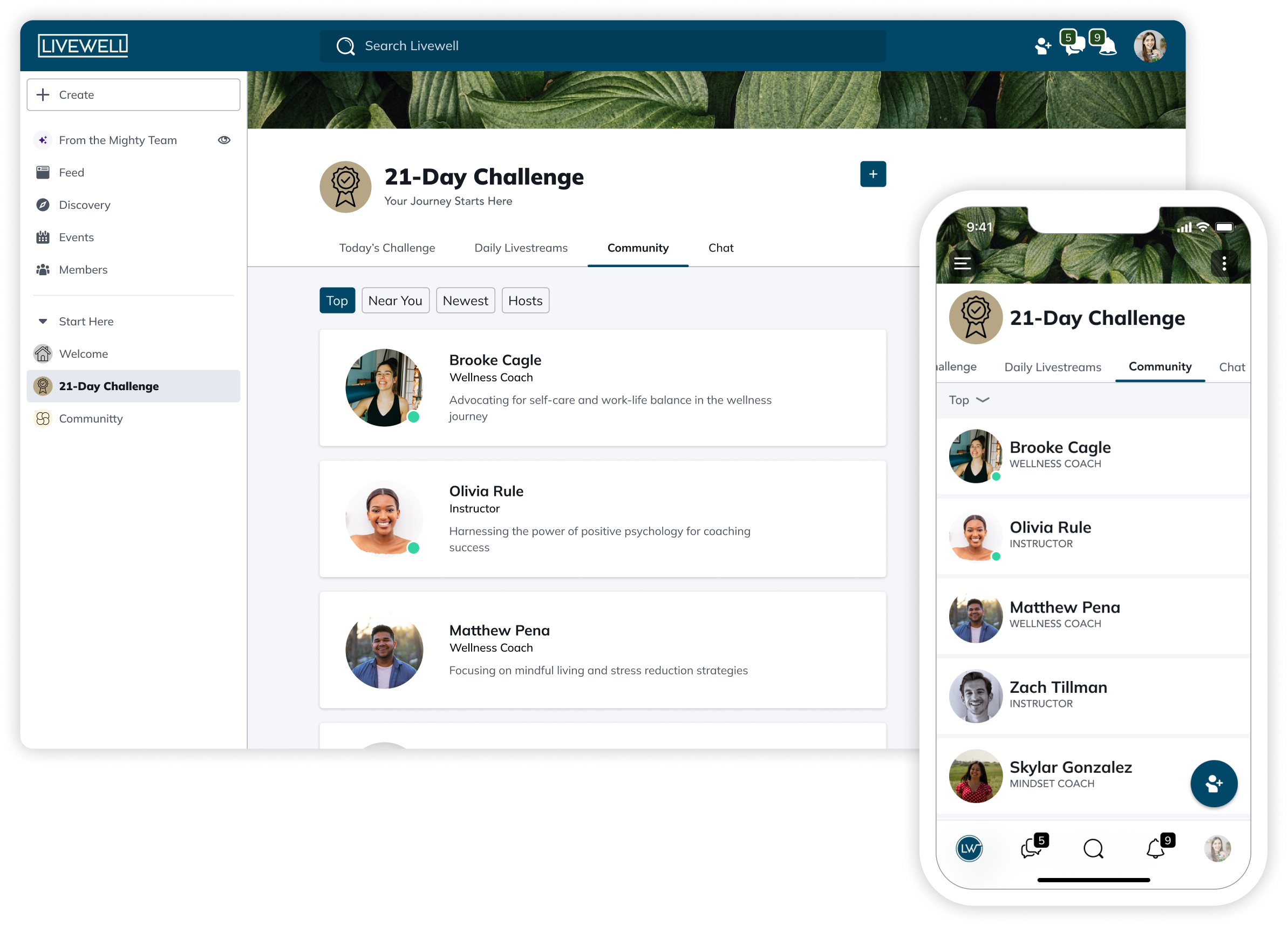
Why mobile app monetization?
While conversations about digital businesses with recurring revenue and passive income normally focus on web businesses, mobile apps are becoming a much bigger part of how we engage with digital technology. From games to fitness to shopping to finance, mobile apps are more common than ever.
Here are some of the benefits of mobile app monetization:
Reach people where they’re at. Around 60% of internet use worldwide is mobile.
Mobile monetization is easy with gateways like Stripe.
Your whole business can exist in one place (no distractions or mixing-and-matching tech).
White-label mobile platforms make it easy to get a product built.
How to develop a mobile app monetization strategy
To develop your mobile app monetization strategy, you’ll need to ask yourself these questions:
What do my potential users want from an app? To be entertained? To support an offline journey? Understanding what they need helps you know how to monetize. For example, if your app is a software solution people will need for years, a monthly fee might be in order. If it’s a game they’ll try for a week, charge upfront.
What do my competitors cost? Look at comparable apps to see if and how much people are willing to pay.
How hands-on do I want to be? Some of the monetization strategies on this list are for a hands-on business (e.g. coaches) and some are pretty passive (e.g. ad-supported games).
How many users do I need to be profitable? Your revenue per user (RPU) will determine how much your app makes. Selling a premium membership experience is much more profitable per user than ads.
How much is my overhead? App development costs something, whether you DIY, white-label, or hire a company. Getting estimates on your build and maintenance costs are important.
Mobile app monetization principles
There are so many ways to monetize an app, you’ll need to find one that fits both your users and the business you want to build.
Everything in one place
Your users need to access everything in one place, especially if you’re adding an app to your existing business. If you’re expecting them to jump back and forth between Kajabi, a Facebook Group, your website, and a new mobile app–it ain’t gonna happen.

Focus on using this process to streamline and simplify, especially if you’re adding an app to an existing business.
Flywheels
If your app is a place where your users can connect with you (and each other), you NEED to know about the community flywheel principle. McKinsey calls community flywheels “the better way to build a brand.” A flywheel sees the customers as existing in community. When they participate in your brand–and it makes selling effortless.
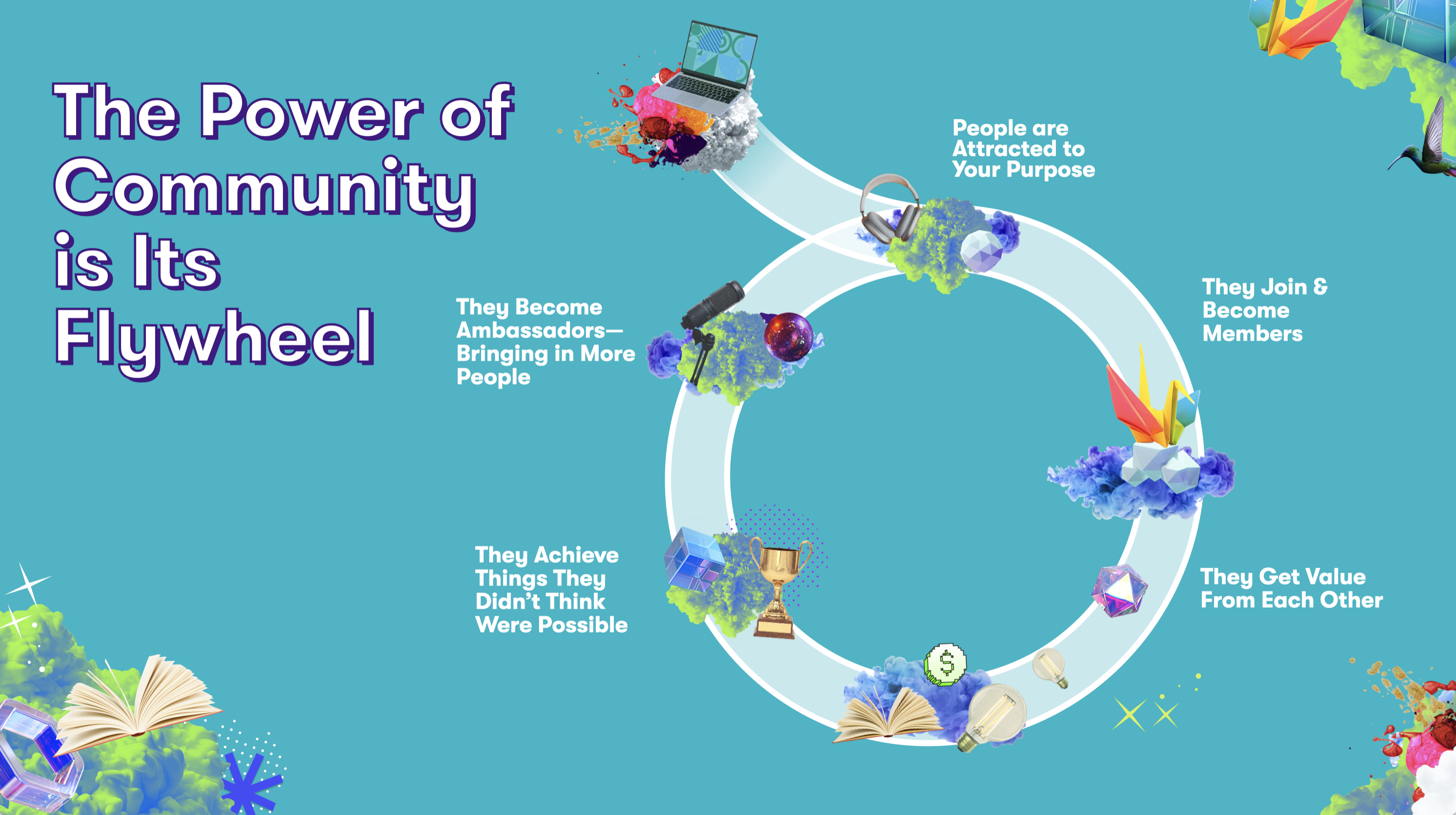
For example, when you run a paid community in an app, your users show up and make connections. When you create offers, things like premium memberships, events, or courses, you’ve got a willing audience ready to buy. And even the ones who don’t buy don’t just disappear; they stay in your orbit, keep connected, and might purchase in the future.
This makes a flywheel a WAY better monetization strategy than a sales funnel, and an app is the perfect place to do it.
Understand RPU
We introduced it above, but RPU is an important metric. For example, Facebook’s quarterly RPU is over $50 in Canada and the U.S., while only $4 in Asia Pacific. However, you don’t need to have billions of users to be profitable. We see plenty of apps with a smaller user base earn 6-, 7-, and even 8- figures!
The secret is understanding your customers and how to get RPU. For example, the average Mighty Network charges $38/mo–for an average RPU of $456. Let’s say you had 500 people using your app–you’d earn $228,000/year.
If you monetize with ads, your RPU is the ad metric of cost-per-mille (CPM). If you make the average Android ECPM rate of $0.16-$0.52, you’d need 1,425 billion views to earn the same.
Product-led growth
One fantastic principle of app monetization is product-led growth (PLG). The idea here is that acquiring and retaining new users is done by your app. For example, Calendly saw PLG because when users send someone a Calendly invite, they try it and want the product (more on this below). When we see online communities grow, they often grow through word of mouth and your existing user base.
In both of these cases, it’s a great product that drives your growth (and not a high-pressure marketing funnel).
11 mobile app monetization options
Here’s how to monetize your mobile app.
1. Freemium
“Freemium” is a REALLY common business model for app monetization, and especially for SaaS. This model gives users a chance to try a product (and maybe get hooked) before being offered upsells to premium features.
For example, the scheduler Calendly experienced rapid, product-led growth because it was super sticky–when you send someone a Calendly link, they get to use the product AND can easily sign up for their own free account. Calendly doubled in users between 2019 and 2022 (4 million to 10 million), growing to $143.7 million.
Freemium mobile app monetization can be an awesome way to launch an app, since users can basically help themselves to a product demo before committing to buy.
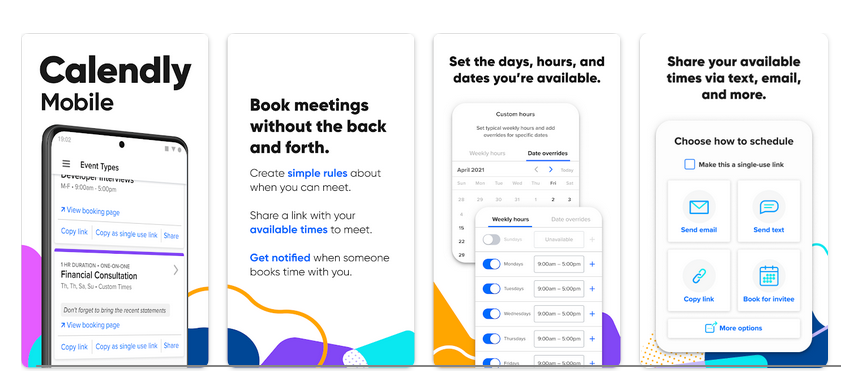
Evernote, OneDrive, Zoom, and even LinkedIn are all examples of apps that monetize with Freemium.
2. Ads + Premium
So you’re running a freemium app. What if you could make money off your free users–even if they never sign up for a paid plan?
That’s the idea behind ads + freemium, the app monetization strategy that takes the best parts of freemium and monetizes the free users too. Users still get to try the product before buying, and you get revenue either way.
For example, Duolingo is a language learning app with over 500 million users that teaches new languages. It has some (pretty annoying) ads, and users can upgrade to Super Duolingo to get rid of them–an app monetization strategy that snagged the owl $369 million in revenues last year.
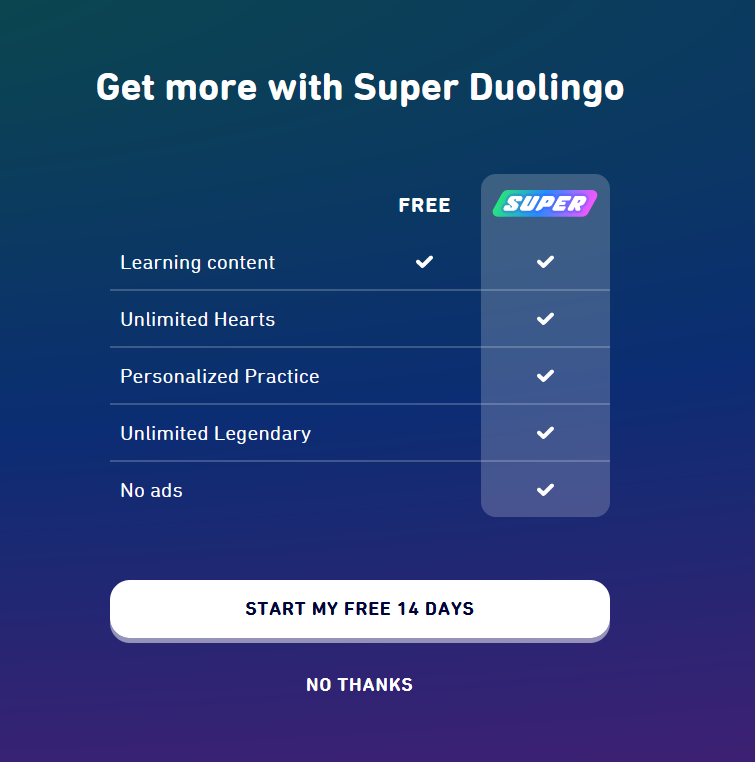
Or–for a totally different kind of example–how about Tinder? It has roughly 75 million monthly users and offers an ad-supported free version OR you can pay for premium features.

3. Ads Only
Then there is a whole category of apps that monetize with ads only. But these are often a different kind of app. Where a monthly membership or premium plan isn’t on the table, ads can be a viable way to create revenue–we see this all the time with “Free” fitness apps, dating apps, and games.
4. Ads + In-App Purchases
Then there are apps that mix ads with in-app purchases. This is a SUPER common approach to monetizing mobile games, in which you can play a video game for free, get some ads before or after your play, and have the option to upsell to bonus lives, new levels and characters, and other features to improve your game experiences.
Unlike ads + membership apps, these apps monetize individual consumables that need to be re-bought once used.
For example, the app Temple Run has 500M+ downloads and sees the player run through a maze-like obstacle course to escape a demon monster. It’s addictive enough that the ads don’t stop its popularity, and users can purchase things like new runners or bonus features.
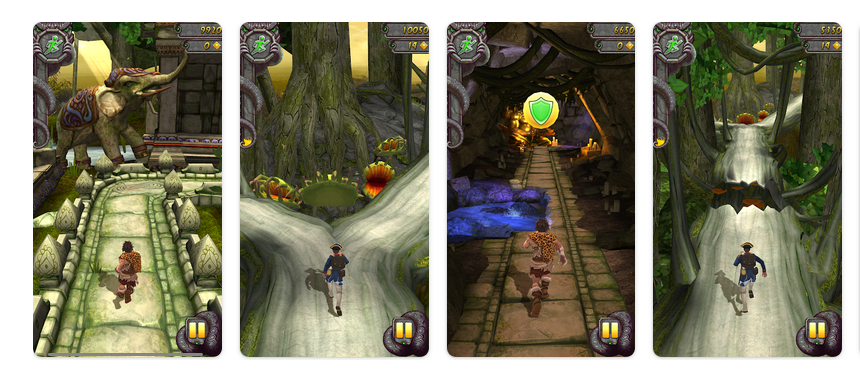
5. Subscriptions
At first glance, subscriptions have a lot in common with a premium software app AND with memberships (below). All of them require a monthly payment and therefore capture recurring business. But there’s a subtle difference between these monetization models; one monetizes software while the other monetizes content.
When you use a SaaS solution like Calendly, you’re using the software to solve a problem. But when you pay for Netflix or The New York Times, you’re paying a subscription to access content. And yes, subscription apps are usually things that can be watched, listened to, or read.
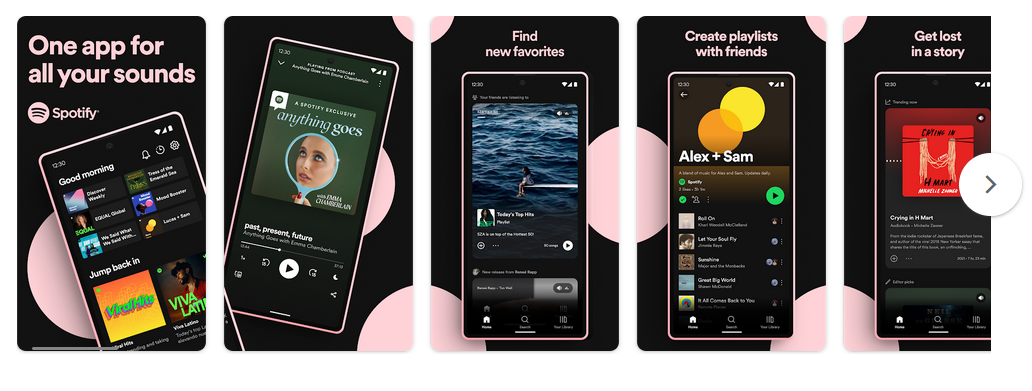
Subscriptions can be mixed with ads too. Think about the music streaming app Spotify. They made $11 billion last year with this model, with users having to choose to pay to get rid of the ads.
The downside to this model is–you guessed it–ads can be a turn-off, and might drive some potential customers away.
6. Memberships
The difference is subtle but stay with us. The word membership gets thrown around a lot–heck, Costco offers a “membership.”
But when we’re talking about membership apps, we’re talking about apps that offer a monthly fee for a premium and interactive content experience: things like livestreams, chats, discussion boards, pre-recorded content, and more.

Mobile app monetization that’s membership-based thrives on engagement, often people join looking for connections, friendship, and transformation. And often membership communities become self-growing thanks to user-generated content.
While we often think of memberships as businesses built around a set monthly fee, there are a lot of different ways to handle this. You could have a free membership with premium membership areas, or any mixture of courses, events, programs, or coaching. In fact, thanks to the community flywheel, we’ve seen again and again that mobile apps that monetize with memberships go far beyond a membership fee; 90% of our Mighty Networks that charge a fee also sell other features to their members.
Membership apps can be monetized with several of the other options on this list.
7. Courses
How about monetizing with courses? Just as a lot of creators and educators can earn from online courses, you can bring your course into app form and earn from course sales. If you’re ready to help students achieve a transformation, course sales are ABSOLUTELY a viable way to monetize an app.
By creating a native or white-label course app, you can sell your courses directly to your students, mixing in things like memberships or coaching if you want. AND with the right app you can choose from pre-recorded OR live courses.

Here are some of the amazing results we’ve seen with people monetizing courses on Mighty:
One personal finance app launched a course and generated $130K in five days.
A podcaster sold 5,000 seats to a $997 course in under 2 weeks.
One community launched a 13-week add-on course and generated an additional $100k in revenue in 2 months.
8. Events
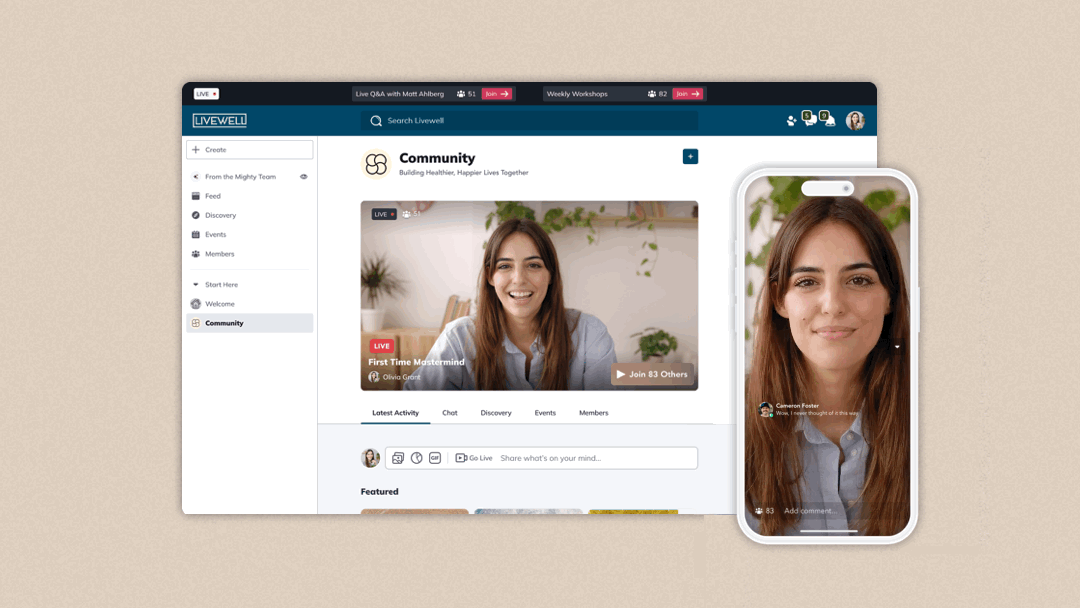
How about monetizing an app with live-virtual events? While it’s not a go-to, with livestreaming and community features you could easily get a white-label app under your brand to host paid events–either in-person and supported by a mobile app OR totally virtual.
For example, with The Wealth Builders Community, founder Ashley Fox has made virtual events a vital part of the way she teaches financial literacy. Ashley left her career on Wall Street to teach financial literacy to the 99% of people that will never access it.
You can charge for access to the event or use your virtual event to sell into other offers OR monetize with affiliates. For example, a free virtual event on becoming a digital marketer could include affiliate links to paid marketing courses.
9. Product
Some apps are directly connected to the purchase of a physical product. When you buy a pair of Nike’s and it comes with a running app–the app is being monetized by shoe sales. Peloton works like this too. It has in-app purchases, but the app also closely connects to their physical products–usually a bike.
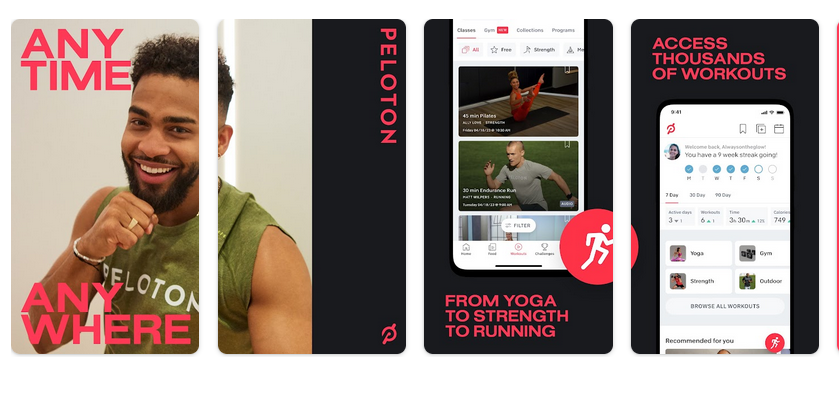
10. One-time purchase
Of course, you can also simply sell an app under a one-time purchase. Rather than having recurring revenue, keeping your app profitable will require new users to sign up on a regular basis. You’ll need to figure out whether this fits your strategy.
You’ll see the one-time purchase approach with a lot of games that offer a low-cost purchase price (e.g. $2.99-$10.99).
11. Services
Don’t rule out monetizing an app with services! If you’re a personal trainer wanting to build your own fitness app or a coach ready to use a white-label coaching app to help people transform, the app becomes monetized off your service.
The premise is simple. You use the app to support a service business: coaching, group coaching, training, etc.
12. Selling user data
Apps can be monetized by selling user data to third parties. Essentially, your app would collect data from users (things like personal data, behavior data, preferences, etc.) and resell it to an company that benefits from that data.
We’re not really down with this, so let’s leave this aside for now.
13. Crowdfunding
If you drop onto a crowdfunding platform like Kickstarter or Indiegogo, you will find lots of different apps there! If you’re creating an app–especially if there’s a clear WHY behind it–crowdfunding might be a way to monetize the creation or it.
Keep in mind that crowdfunding your app could impact the way you get revenue from it later.
Ready to start?
If this list has you excited to monetize your app with things like memberships, courses, events, services, and more, book a call with us!
Mighty Pro builds elegant community apps that bring together content, courses, events, and commerce. It’s really easy to monetize with features like discussion forums, livestreaming, premium groups, and chat & messaging. And there’s no need to mix and match platforms, all your monetization happens in the app.
Only Mighty lets you build your flywheel to deliver more value and revenue per user. AND Mighty has a set of AI features to make managing your app business easy–like the “make it better” text editor, auto course outlines, and the Infinite Question Generator.
Schedule a call with us and we’ll show you what we could build together!
Ready to start building your community?
Start a free 14-day trial to explore Mighty—no credit card required.
More like this
Join Mighty Community
Learn the principles of Community Design™ (and see them in action) alongside thousands of creators and entrepreneurs. It's free to join!

Online Courses
Creating a Course
Teaching a Course
Course Platforms
Selling a Course
Communities & Memberships
Community Platforms
Managing a Community
Building a Community
Growing a Community
Monetizing a Community
Content Creation
Creators & Entrepreneurs
Monetization
Content Creation
Starting a Business
Website Builders
Creating & Managing a Website
Events
Event Platforms
Hosting & Marketing Events
Branded Apps
Creating a Mobile App
Coaching Apps
Community Apps
Coaching
Mastermind Groups
Starting a Coaching Business
Coaching Platforms
Filter by Category
Online Courses
Communities & Memberships
Creators & Entrepreneurs
Events
Branded Apps
Coaching
